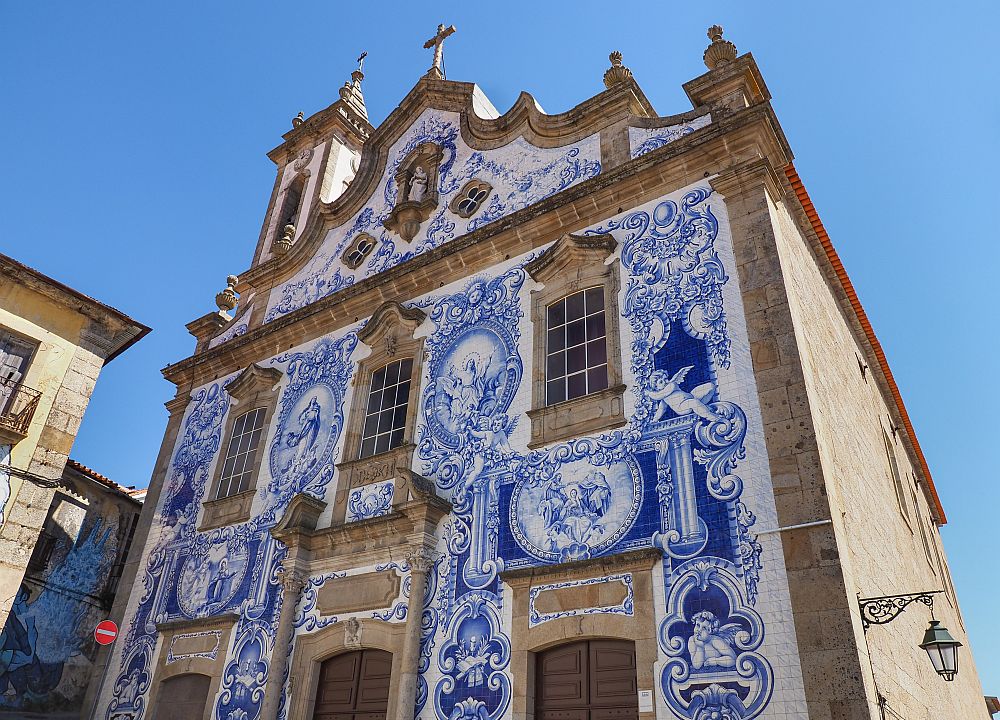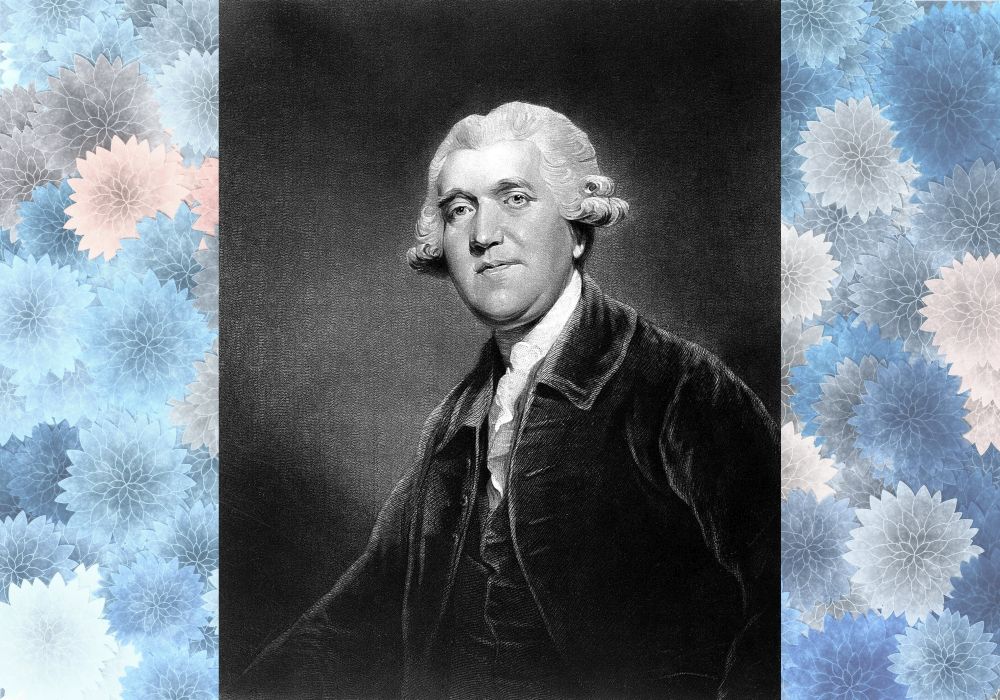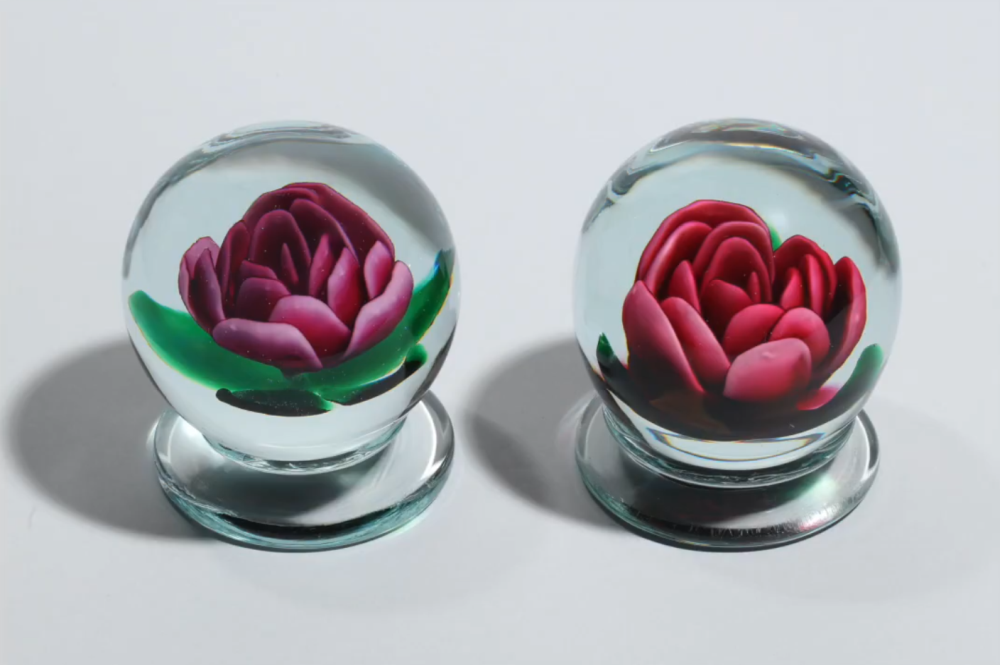
[Image above] Performers at Archeon Museum Park in the Netherlands reenact what life was like in the Neolithic period. The performers above are demonstrating how these ancient people may have created cheese. Credit: Hans Splinter, Flickr (CC BY-ND 2.0)
If you find yourself reaching for your Lactaid after a scoop of ice cream or a slice of cheese pizza, you’re not alone. Around 68% of the global population is estimated to be lactose intolerant, but that doesn’t stop many people from still enjoying the dairy foods we all love.
Turns out, it was the same case for Neolithic people in Europe. Archaeologists have repeatedly shown that dairy products were an essential part of late Stone Age diets, yet they have also shown that virtually all Neolithic Europeans were lactose intolerant. In fact, the evolution of lactase persistence in humans—or our ability to hold on to the lactose-processing enzyme called lactase beyond breastfeeding—is still an open question in archaeology today.
Not only were dairy products crucial to late Neolithic cultures, but new archaeological research from a site in Poland shows that the milk in these products came from multiple species, including cows, sheep, and goats.
Researchers at the University of York led the recent study, and they focused on ceramic vessels found at the site of Sławęcinek, Poland, which belonged to the historically significant Funnelbeaker culture.
The Funnelbeaker culture, also known as Trichterbecherkultur (TRB) in German, existed in north-central Europe during the fourth millennium BCE (about 4000 BCE to 3000 BCE). This culture, which extended from the Netherlands to Poland and from Germany to southern Sweden, is considered one of the first in the area to transition from being hunter-gatherers to relying on farming and livestock.
The Funnelbeaker culture is named after their signature funnel-shaped ceramics. At the Sławęcinek site, a TRB settlement was discovered in 2016 with four houses, water wells, burials, and many ceramic vessels and fragments. Of those ceramics, some had a characteristic white mineralized residue on the inside, spurring the researchers to examine them for evidence of dairy.

(a) Map showing the location of the Sławęcinek site. (b) Ceramic strainer SLA_10. (c) Collared flask SLA_1. (d) Collared flask SLA_2. Credit: Evans et al., Royal Society Open Science (CC BY 4.0)
The study concentrates on four ceramic vessels (three flasks and one strainer) as well as four modern replicas. The modern replicas were used in an archaeology outreach event to make cow’s milk cheese using ancient techniques. They act as a control to understand how diary processes affect ceramic containers.
Using paleoproteomics, or the analysis of proteins, the researchers characterized both the ceramic vessels and the residue itself to identify which proteins were present. Comparing their results to two large databases of known proteins, the study concluded that all the dietary proteins found were from dairy; none were from meat, plants, or yeast. They also identified proteins from multiple species, including cows, sheep, and goats.
Notably, the proteomic results showed that the ancient residues closely resembled cheese rather than whole milk. The process of turning milk into cheese reduces the lactose content.
“This [finding] reveals that the people of Sławęcinek practiced cheesemaking or another form of curd-enriching dairy processing,” says lead author Miranda Evans, Ph.D. student in archaeology at the University of Cambridge, in a University of York press release.
These results also signal an “intensification in milk production,” according to the researchers, in contrast to the early Neolithic period where milk was consumed only occasionally within a highly varied diet. This increase in the creation of secondary products, such as milk, wool, or animal labor, is known as the Secondary Products Revolution.
This conclusion receives further support from studies that found dairy proteins in dental plaque on ancient teeth and multiple animal bones located nearby. The bones were from a variety of species and from many older individuals. The animals’ longer lives suggest they were used for dairy or other secondary products rather than for immediate consumption.
“These results contribute significantly to our understanding of the use of dairy products by some of the earliest farmers of Central Europe,” says collaborator Harry Robson, postdoctoral research associate in archaeology at the University of York, in the press release. “Whilst previous research has shown that dairy products were widely available in some European regions during this period, here, for the first time, we have clear evidence for a diversified dairy herd, including cattle, sheep and goats, from the analysis of ceramics.”
In addition to the protein analysis, the researchers investigated the lipids present in the ceramics with dairy residues, as well as six additional vessels with no visual evidence of dairy. They found that the six additional vessels all had evidence of animal fats and plant oils, and of all the vessels, some even had evidence of mixed usage between dairy, animal fats, and plant oils. The paper concludes that many vessels likely had varying uses throughout their lifetimes, and that discrepancies between the protein and lipid analyses are cause for further study.
More research is needed to understand the full extent of Neolithic dairying practices and their relationship to lactase persistence. However, archaeologists should remember there are more proteins to be on the lookout for than dairy. As the researchers point out, “the bias towards the detection of dairy over other food-derived proteins in many instances … [keeps us] ignorant of the taphonomic impacts on food proteins in archaeological samples.”
So, “additional experimental studies using larger sample sizes of modern vessels with known protein inputs will be instrumental in uncovering the biases associated with food protein entrapment, extraction and identification,” they conclude.
The open-access paper, published in Royal Society Open Science, is “Detection of dairy products from multiple taxa in Late Neolithic pottery from Poland: an integrated biomolecular approach” (DOI: 10.1098/rsos.230124).
Author
Isabel Swafford
CTT Categories
- Art & Archaeology


